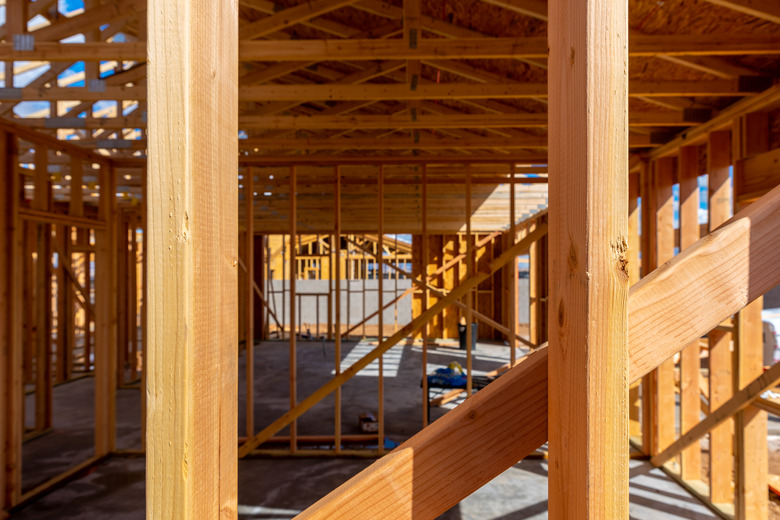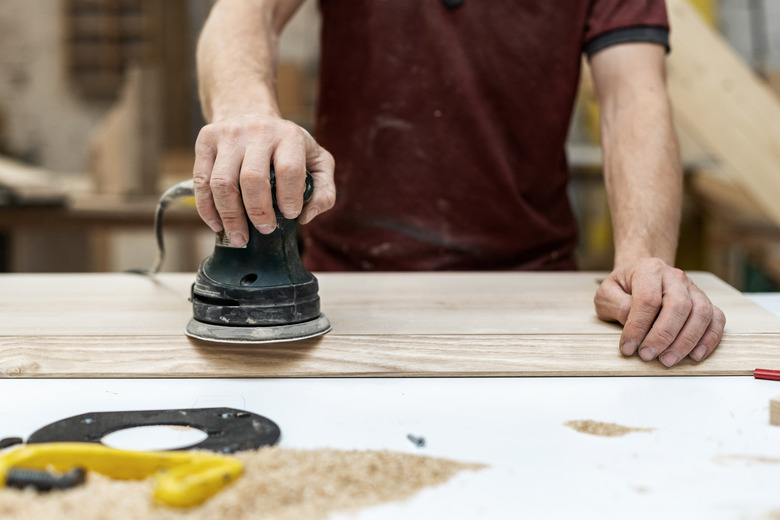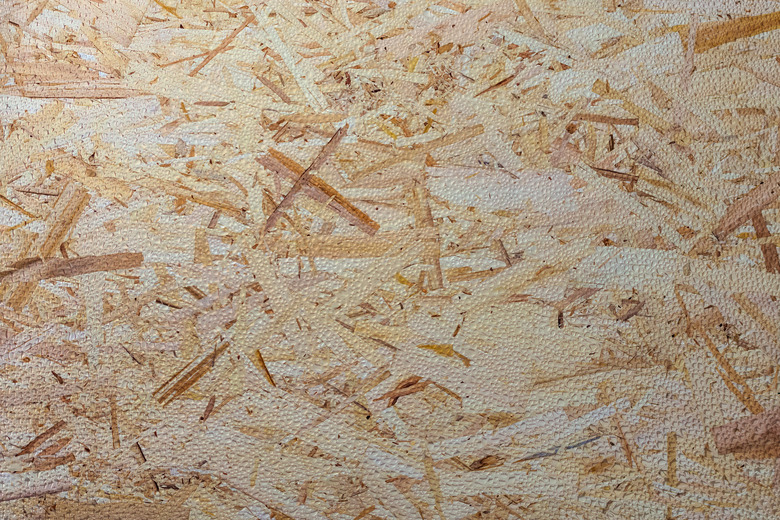How To Repair Particleboard Water Damage: A DIY Guide
We may receive a commission on purchases made from links.
Particleboard is a durable composite wood, usually made from sawdust or wood chips and glue. Sometimes referred to as chipboard, particleboard is often used in the construction of furniture, door cores, floors, and kitchen cabinets because it's less expensive than plywood. When particleboard gets wet, it can swell or even disintegrate. If this happens to you, don't panic — we've got you covered. Unless the water damage is significant and the material is completely waterlogged, you can DIY a solution. Here's how to repair particleboard water damage.
Tip
Treat particleboard that will be exposed to moisture with paint or waterproofing material to prevent further damage.
How to Fix Raised Areas on Particleboard from Water Damage
How to Fix Raised Areas on Particleboard from Water Damage
1. Dry Out Wet Particleboard
The first step in fixing raised areas in water-damaged particleboard is to dry the wet spot using a hair dryer or heat gun. If you use a heat gun, make sure it's on a low heat setting because high temperatures could ignite the particleboard. If you have time, you can let the particleboard dry naturally in an airy spot. Keep in mind that the drying process can take several hours.
2. Sand the Area
Once the particleboard is fully dry, it may have some raised areas from water damage. Sand the raised or swollen area with medium-grit sandpaper by hand or by using an electric sander until the spot is flush with the dry areas. Finish sanding with a fine-grit sandpaper to smooth everything out.
3. Clean Up
Vacuum or sweep up the sawdust that was created when sanding down the damaged particleboard. If the surface is likely to get wet again, apply a water-resistant sealant and allow it to dry to prevent future water damage.
How to Fix Particleboard Water Damage
How to Fix Particleboard Water Damage
1. Address Soft Spots in Particleboard and Let it Dry
Repair water damage by digging out the particleboard's soft spots and damaged or wet areas with a sharp object, like a screwdriver or knife, if the particleboard has loosened and is powdery. Once the spot has thoroughly dried, vacuum the residue or sweep it thoroughly.
2. Apply Wood Filler to Particleboard
Apply wood filler to fill the holes in the particleboard left from water damage, following the directions on the can or tube. Use a putty knife to smooth the top of the repaired area to make sure that the surface is level with the rest of the particleboard. Wipe away excess filler with a clean cloth or paper towel.
3. Sand the Particleboard and Clean Up
- Sand the surface once the wood filler has thoroughly dried.
- Vacuum the dust away from the surface.
- Apply waterproof sealer if the area is likely to get wet again.
Warning
Wood filler is a combustible material, so keep it away from high heat and fuel sources.


